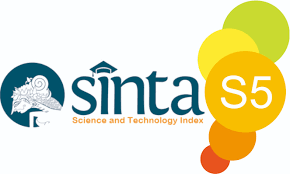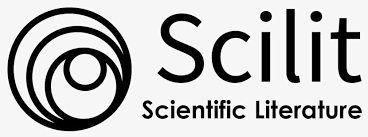STUDI LITERATUR TEKNIK PEMERIKSAAN RADIOLOGI VESIKA URINARIA PADA PASIEN ANAK DENGAN KLINIS VESICOURETERAL RELFLUX (VUR)
Abstract
Background: VUR (Vesicoureteral Reflux) is a condition in which urine flows back from the bladder to one or both ureters or sometimes to the kidneys. Several types of modalities are used to support this clinical examination. The modalities that can be used to support this examination include: Voiding Cystourethrography, DRCG (Direct Radionuclide Cystourethrography), ceVUS (Contrast Enhancement Voiding Urosonography), and MRI (Magnetic Resonance Imaging)
Methods: This research is a type of research that is library research, a method of collecting library data or research where the object of research is explored through a variety of library information (books, proceedings, articles and scientific journals).
Results: Radiological examination of the clinical bladder with VUR can be performed with various radiological modalities including Voiding Cystourethrography, Direct Radionuclide Cystography (DRCG), Magnetic Resonance Imaging (MRI), and Contrast Enhancement Urosonography (ceVUS). Each examination uses a contrast material that is adjusted to the modality used.
Conclusions: From the various modalities that can be used, it is assessed from the level of effectiveness and efficiency as well as the minimum radiation exposure dose. The ceVUS technique is the most appropriate technique to describe VUR because it does not use ionizing radiation but this technique will be difficult to perform in certain conditions such as the pathological condition of the patient.











